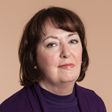SEC Chairman Mary Schapiro: Make the Markets Fair
In an interview with Kiplinger editors, Uncle Sam’s top securities cop discusses what her agency is doing -- or would like to do -- about money-market funds, mutual fund fees, high frequency trading and other issues.

Mary Schapiro is chairman of the Securities and Exchange Commission. Her well-appointed Washington, D.C., office sports a stunning view of the U.S. capitol and a sign on the door that reads, “How Does It Help Investors?”
Schapiro, 56, is a career regulator who has also put in stints at the Commodity Futures Trading Commission and as CEO of Finra, the Financial Industry Regulatory Authority. Schapiro served as an SEC commissioner in the 1990s before returning as Chairman in 2009.
Former SEC Chairman Arthur Levitt says Schapiro has “unleashed” the agency’s crime-fighting enforcement division. But she says much of the investor-focused agenda she came to the SEC with has been put on the back burner while the agency focuses on financial reform.
From just $107.88 $24.99 for Kiplinger Personal Finance
Become a smarter, better informed investor. Subscribe from just $107.88 $24.99, plus get up to 4 Special Issues

Sign up for Kiplinger’s Free Newsletters
Profit and prosper with the best of expert advice on investing, taxes, retirement, personal finance and more - straight to your e-mail.
Profit and prosper with the best of expert advice - straight to your e-mail.
Schapiro spoke recently with Kiplinger editors Manuel Schiffres and Anne Kates Smith.
In the past ten years we’ve gone through, among other things, the financial crisis, two severe bear markets, the flash crash and Bernie Madoff. How can you persuade individual investors that the game isn’t rigged?
I understand the concern that people have expressed. For me a lot of that was crystallized by the flash crash in May 2010. People were so taken aback by what happened that day. The idea that the very infrastructure of the market itself could cause the stocks of great companies to go from $40 to 2 cents was just beyond anybody’s imagination. Our job at the SEC is to make sure that the infrastructure of the marketplace works and that the markets are as fair and honest as they can possibly be.
What’s the likelihood of a recurrence of the flash crash?
Well, I can’t predict. But I will say the fact that the markets now are required to take a time-out if there’s been a dramatic move is a fundamental change. We actually started to look at market structure broadly about four or five months before the flash crash.
We asked a lot of questions about high-frequency trading. Is it contributing to the market quality and liquidity? Or are we making our markets less accessible to investors and companies that need to raise capital?
Because at the end of the day, if the markets aren’t serving their true function -- which is as a place to raise capital for companies to create jobs, build factories, manufacture products -- if the markets are not functioning as a rational way for investors to allocate their capital to those purposes, what’s the point of markets? As soon as we catch our breath post Dodd-Frank rulemaking, we’ll turn our attention back to fundamental market structure questions.
Do exchange traded funds contribute significantly to market volatility?
During the flash crash, ETFs experienced a lot of the most dramatic price swings. There’s about a trillion dollars of assets in ETFs now. They started out as plain-vanilla products, but they’ve morphed into a highly complex product. It’s incumbent on us to take a careful look at ETFs -- how they’re sold, whether people understand all of their iterations and what their impact is on the market.
Is there really any reason we need a triple inverse China ETF?
I wouldn’t invest in one but …
But your commission approves them.
We actually put a moratorium about a year and a half ago on approvals of new types of ETFs involving derivatives while we study them more broadly. Only three firms right now can offer the more exotic leveraged and inverse ETFs, and those only within the limits we’ve already approved.
Let’s move from the ridiculous to the mundane and talk about money market funds.
We’ve already adopted new requirements for money market funds that created much greater liquidity, tightened the credit quality of the assets they could hold and provided a lot of transparency about their holdings.
More needs to be done because money market funds have this structural weakness. The reality is that they’re priced at a dollar per share but they’re not always worth a dollar. That creates the potential for runs because large institutions understand that if there’s a problem with a money market fund they’ll get their money out quickly, while the losses will be concentrated in slower-moving retail customers.
So one of your proposals is to let the value float to …
To reflect the actual investment value, so that investors will understand that these investments do have risk.
Will your proposals pass?
I don’t know. There’s a lot of work to do before we’re ready to ask the commission to vote on anything, but it’s important for us get some concrete ideas out there.
Do you think the industry would survive a floating net asset value?
I do. But I can’t tell you I know the answer to that with certainty.
Would the mutual fund industry survive the removal of 12b-1 fees?
There’s a good question for them. I believe that investors don’t understand that ten years after they buy a fund, they’re still paying 12b-1 fees to compensate the broker who sold it to them ten years earlier. Investors need to be told what they’re paying for, and that these fees are being deducted from their funds.
We’ve also proposed a cap on the fees, so that a fund couldn’t charge more than the equivalent of what it would charge with a front-end commission. Once we get through the bulk of Dodd-Frank rulemaking sometime this year, we’d really like to turn our attention back to 12b-1 fees.
Where does the SEC stand in regard to target-date funds?
We had proposed that if you had, say, a target-date 2012 fund that there be a tagline after the name that would explain what the asset allocation was at 2012 -- 60% fixed income, 30% equities, 20% cash, whatever. And that there be a graph or pictorial description of how the asset allocation changed over time because some target-date funds assumed that investors would retire in that year and others assumed different things.
We’ve done some investor testing in this area and that’s going to help inform us about how to modify that proposal going forward. I would love to get back to it.
What are you most proud of during your tenure?
I’m enormously proud of the way the agency supports investors in a lot of different ways. If you look at our corporation finance division, for example, it has been very aggressive about disclosure in the context of initial public offerings. It won’t let potential public companies get away with creative or novel accounting.
The whistleblower program we recently put in place allows us to reward people who come to us with good information so we can stop misconduct more quickly. There are multiple cases in the pipeline, and the information that we got for those cases saved us months of investigation. And, of course, it also brings to our attention things we might never have found.
I’m incredibly proud of the enforcement division. It’s bringing not just more and bigger cases, or the most complex cases coming out of the financial crisis, but cases across a wide range: market manipulation, insider trading, fraud in securities offerings, accounting fraud. The division has stepped it up in the last three years in an extraordinary way that protects investors and helps people understand there’s a cop on the beat.
What’s been your biggest frustration?
I’m a person with a pretty big sense of urgency, and I wish sometimes we could just move faster. We can’t, for really good reasons. We’re required to put our rules out as proposals, to do a cost-benefit analysis, to explain what we’re doing, to let the public comment. We get thousands and thousands of comment letters. We have hundreds of meetings. All that results in a better product at the end of the day, but it takes so much time. Sometimes I just wish we could get on to the next thing because there’s so much to do.
ORDER NOW: Buy Kiplinger’s Mutual Funds 2012 special issue for in-depth guidance on the only investments you need.
Profit and prosper with the best of Kiplinger's advice on investing, taxes, retirement, personal finance and much more. Delivered daily. Enter your email in the box and click Sign Me Up.

-
 3 Major Changes to the Charitable Deduction in 2026
3 Major Changes to the Charitable Deduction in 2026Tax Breaks About 144 million Americans may qualify for the 2026 universal charity deduction, while high earners face new IRS limits. Here's what to know.
-
 Where to Stash Cash as Yields Fall, According to Advisers
Where to Stash Cash as Yields Fall, According to AdvisersYour best options depend on how soon you'll need the money and your tolerance for risk.
-
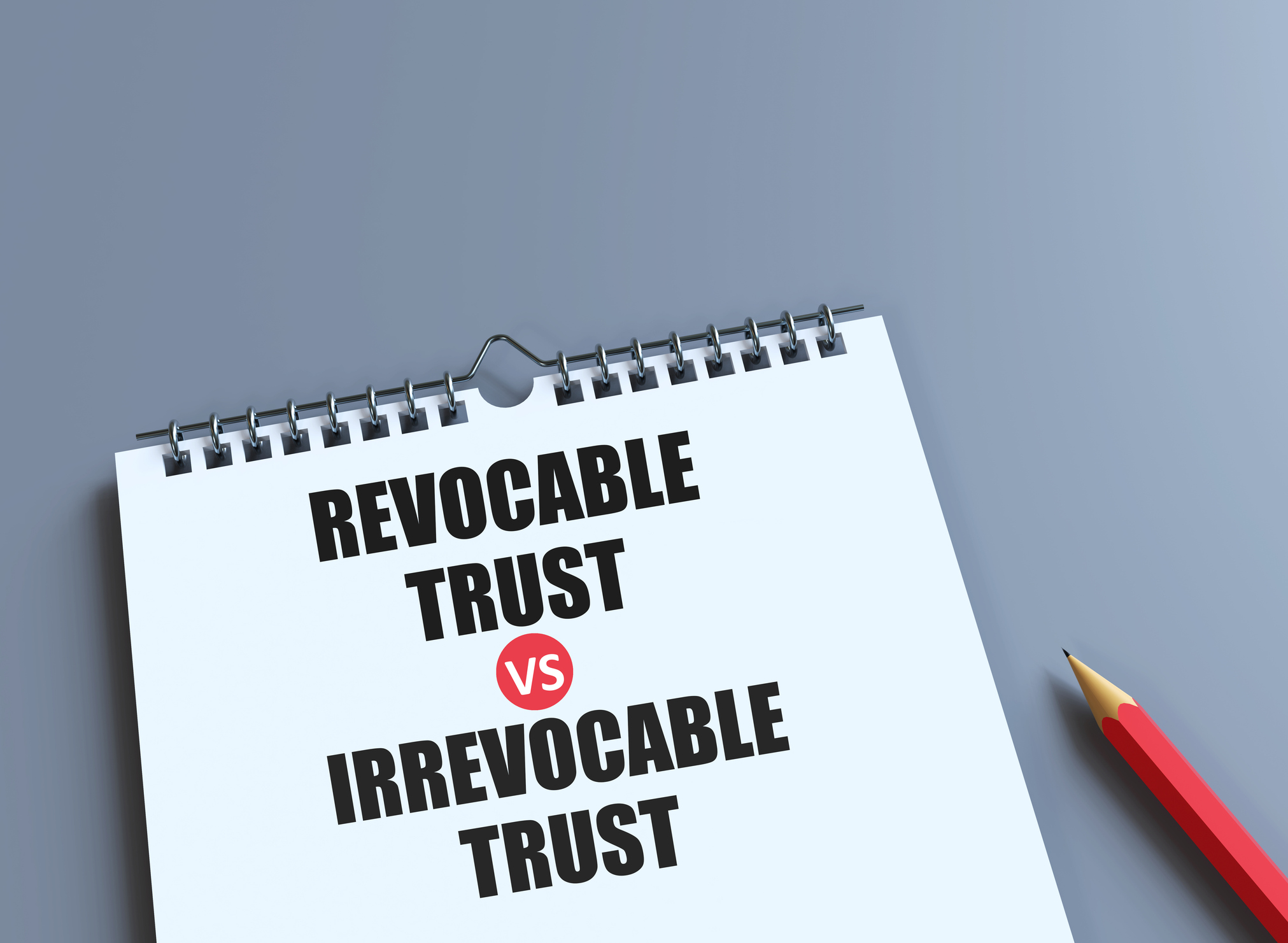 Control vs Protection Quiz: Which Trust Do You Need?
Control vs Protection Quiz: Which Trust Do You Need?Quiz Take this simple quiz to discover whether a revocable or irrevocable trust should be the cornerstone of your estate plan.
-
 What the Rich Know About Investing That You Don't
What the Rich Know About Investing That You Don'tPeople like Warren Buffett become people like Warren Buffett by following basic rules and being disciplined. Here's how to accumulate real wealth.
-
 How to Invest for Rising Data Integrity Risk
How to Invest for Rising Data Integrity RiskAmid a broad assault on venerable institutions, President Trump has targeted agencies responsible for data critical to markets. How should investors respond?
-
 What Tariffs Mean for Your Sector Exposure
What Tariffs Mean for Your Sector ExposureNew, higher and changing tariffs will ripple through the economy and into share prices for many quarters to come.
-
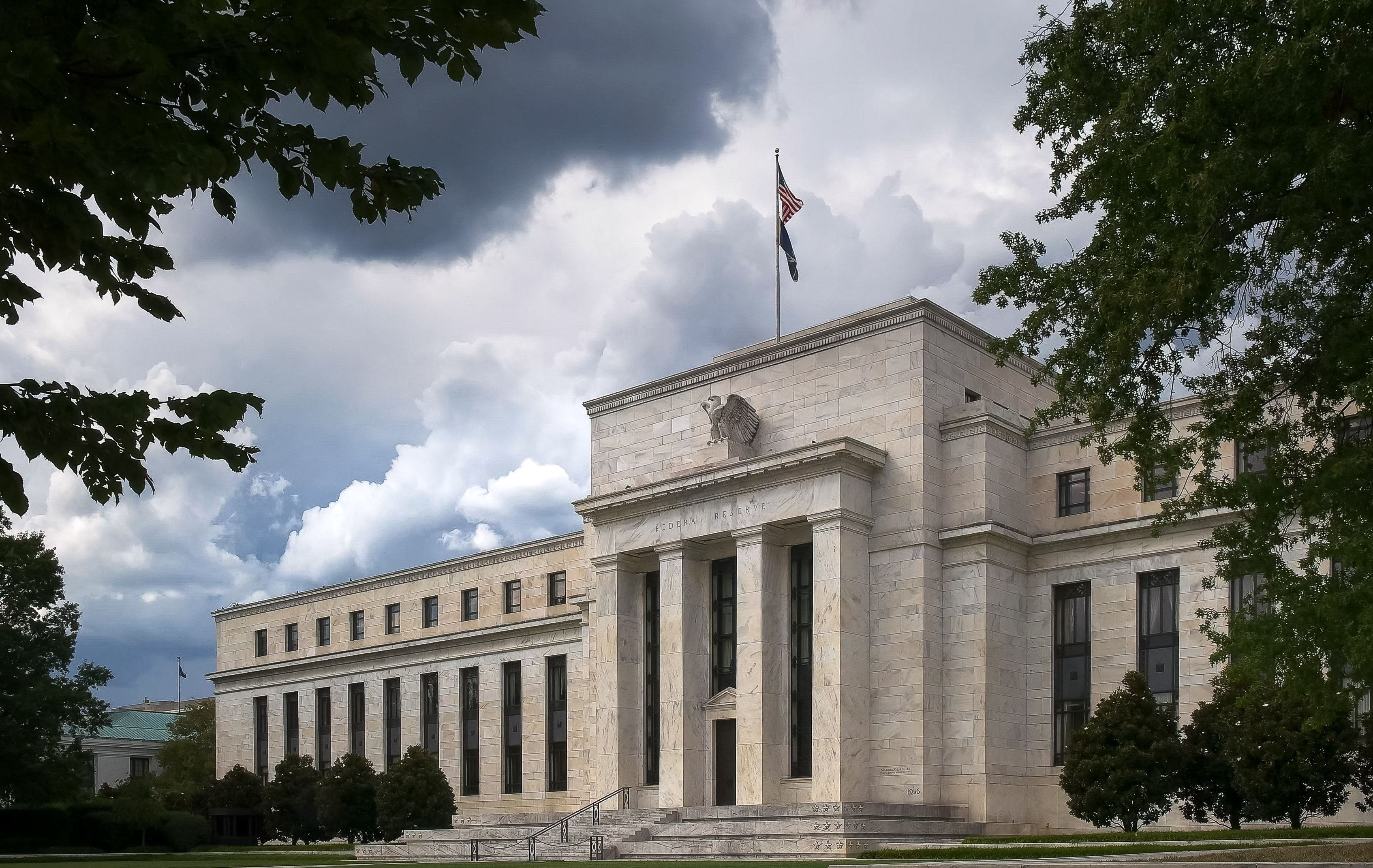 How to Invest for Fall Rate Cuts by the Fed
How to Invest for Fall Rate Cuts by the FedThe probability the Fed cuts interest rates by 25 basis points in October is now greater than 90%.
-
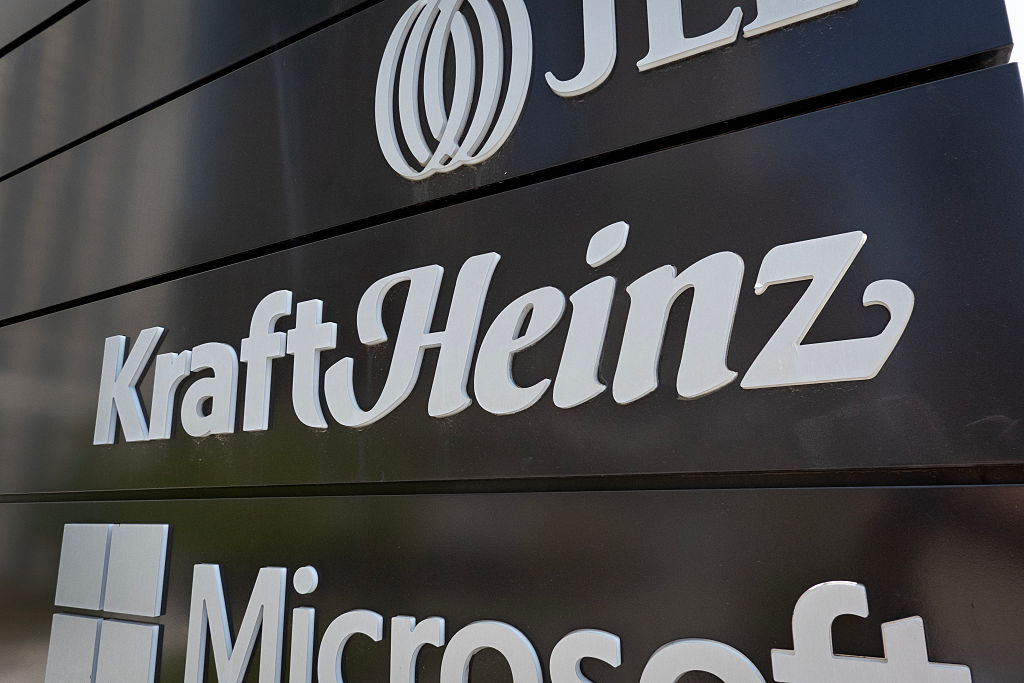 Are Buffett and Berkshire About to Bail on Kraft Heinz Stock?
Are Buffett and Berkshire About to Bail on Kraft Heinz Stock?Warren Buffett and Berkshire Hathaway own a lot of Kraft Heinz stock, so what happens when they decide to sell KHC?
-
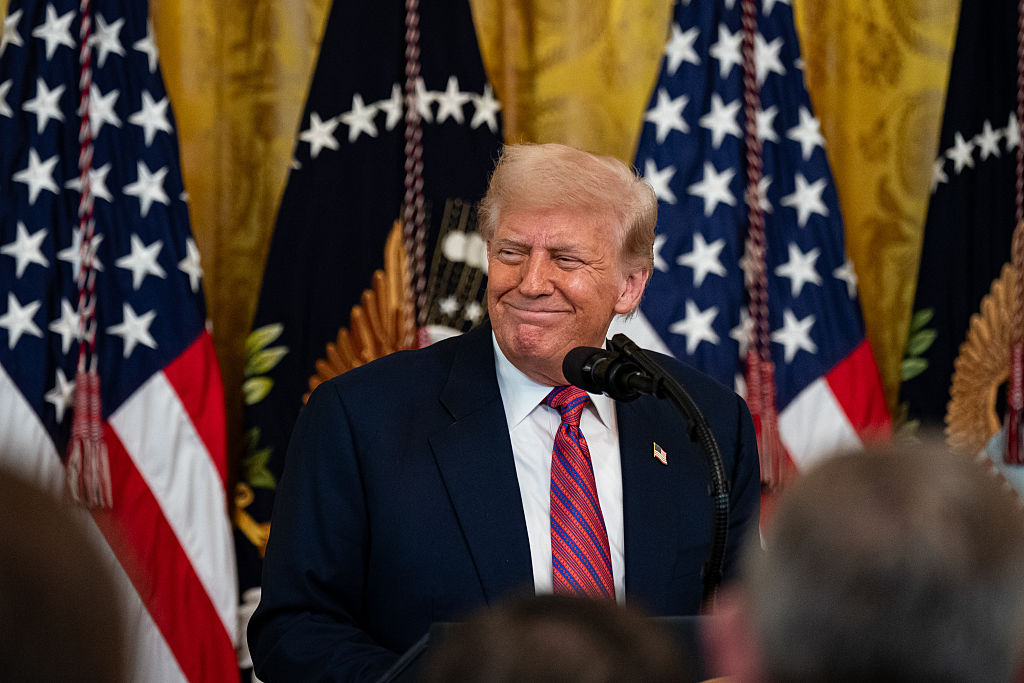 How the Stock Market Performed in the First 6 Months of Trump's Second Term
How the Stock Market Performed in the First 6 Months of Trump's Second TermSix months after President Donald Trump's inauguration, take a look at how the stock market has performed.
-
 Fed Leaves Rates Unchanged: What the Experts Are Saying
Fed Leaves Rates Unchanged: What the Experts Are SayingFederal Reserve As widely expected, the Federal Open Market Committee took a 'wait-and-see' approach toward borrowing costs.
-
 Fed Sees Fewer Rate Cuts in 2025: What the Experts Are Saying
Fed Sees Fewer Rate Cuts in 2025: What the Experts Are SayingFederal Reserve The Federal Reserve cut interest rates as expected, but the future path of borrowing costs became more opaque.
